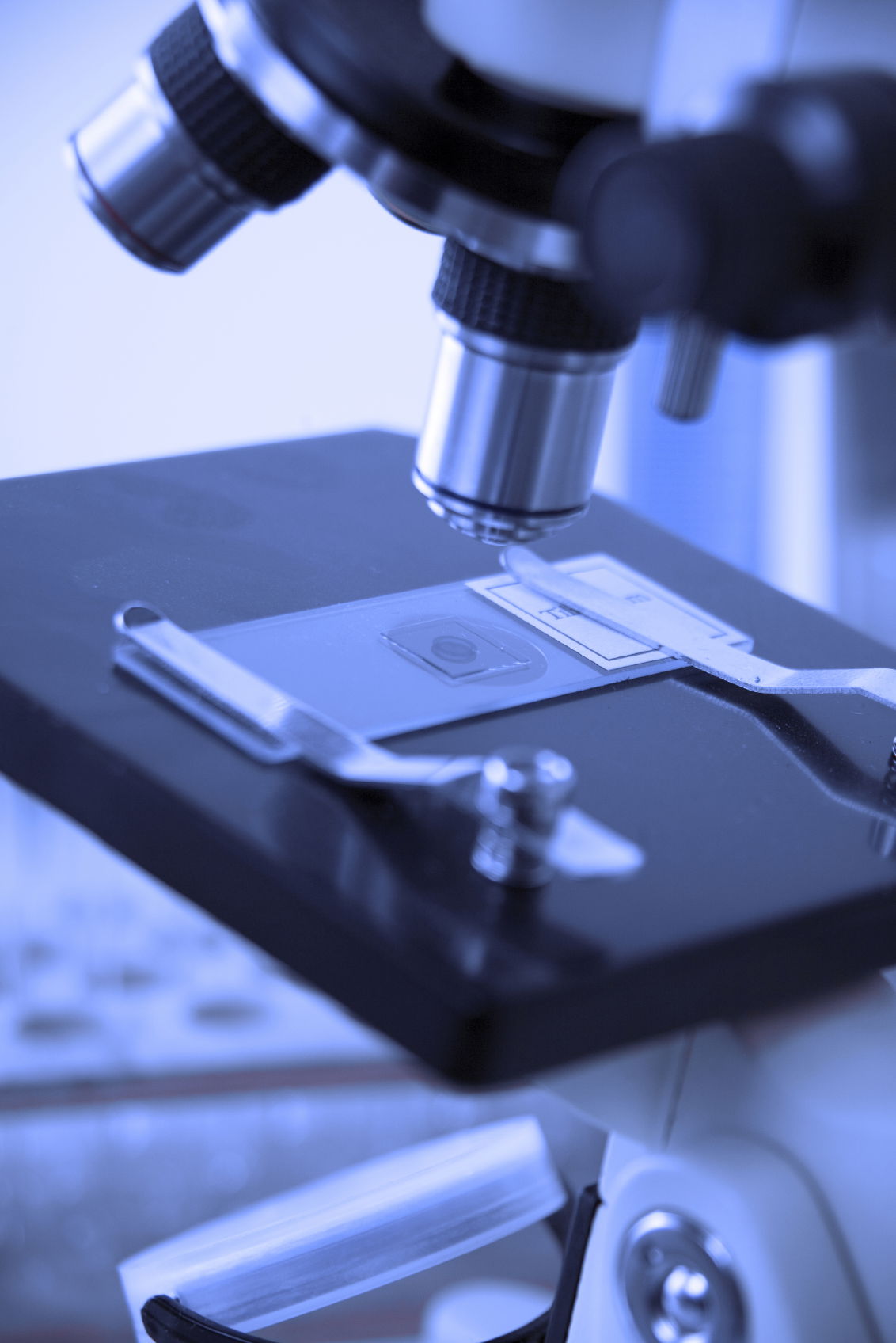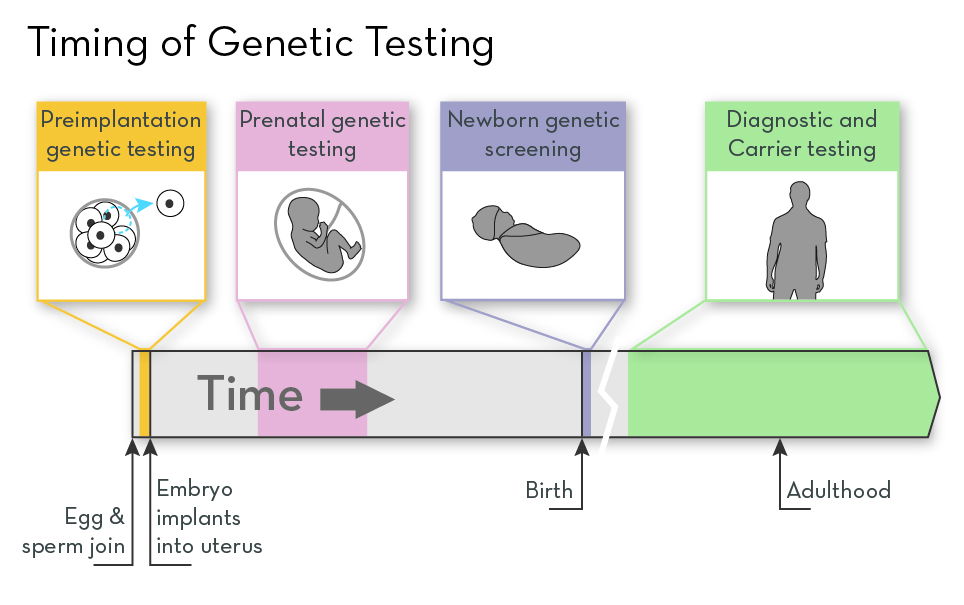Preimplantation genetic testing happens during IVF
Since its first success in 1978, in vitro fertilization (IVF) has been helping couples have babies. It is a fairly simple process. Eggs and sperm are collected and then joined outside of the body. After growing in the lab for a few days, an embryo is placed into the mother's uterus, where it can develop into a baby.
Most couples who use IVF do so because they have had trouble conceiving, and other approaches haven't helped. But IVF also makes it possible to test very early embryos for genetic problems. During the process of IVF, embryos develop in the lab for several days. Testing involves removing one or a few cells from the embryo, and analyzing the DNA. After testing, the healthiest embryos can be selected, greatly improving the couple's chances of having a healthy baby.
Preimplantation genetic testing was successfully carried out for the first time in 1990. The mothers carried an X-linked genetic disorder (adrenoleukodystrophy), so each of their sons had a 50% chance of having the disorder. Their embryos were screened for the presence of a Y chromosome, and only female embryos were implanted. The technology has been continually improved and refined since then. Today, testing can detect a wide range of genetic conditions.

Preimplantation genetic testing is done on embryos during the process of in vitro fertilization, before the embryos are transferred to the mother's uterus.


